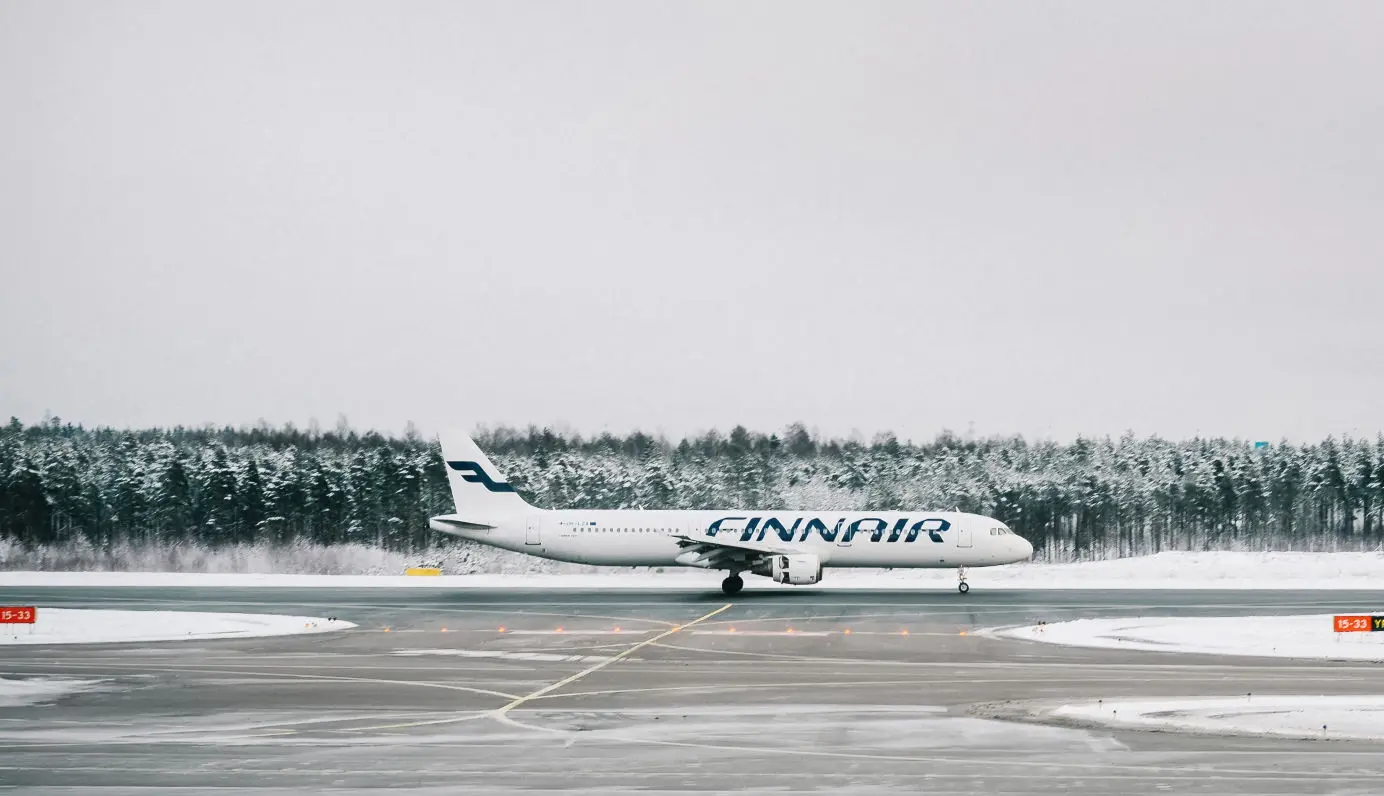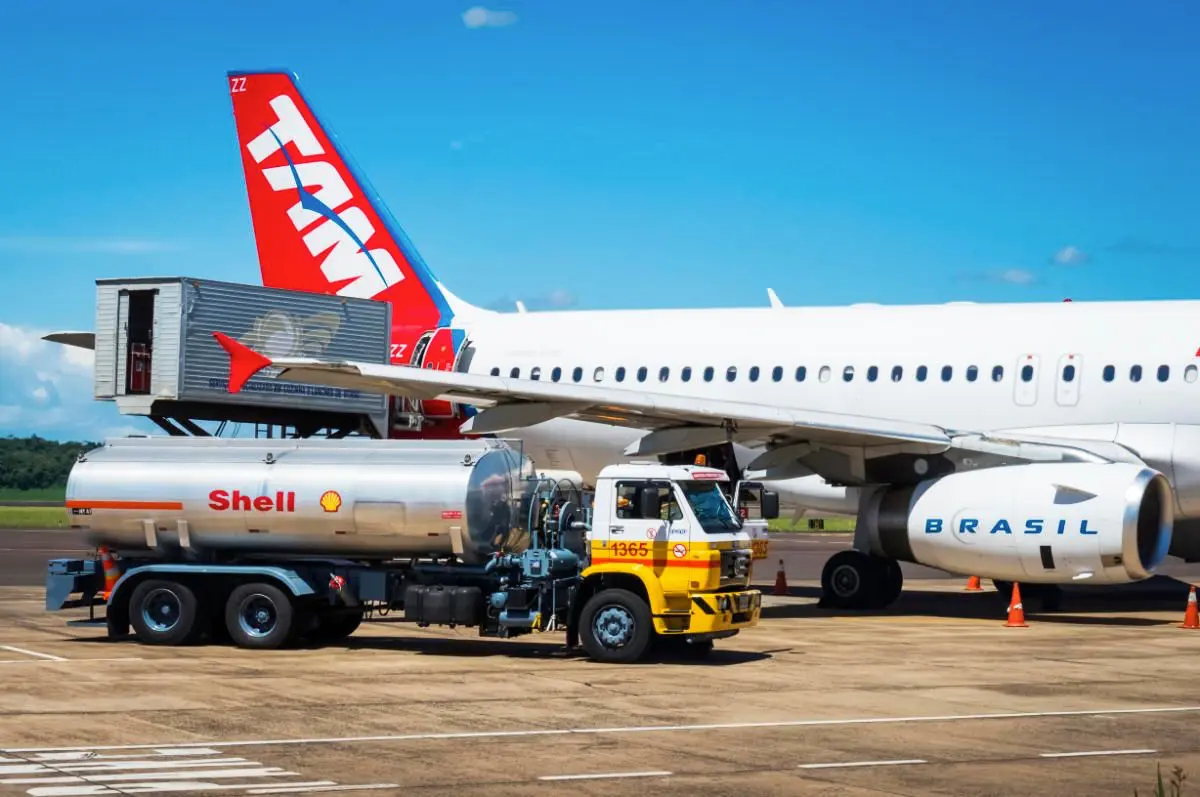
What Type of Fuel Do Airplanes Use?
Modern jet aircraft use a special kind of fuel. Learn more.
Table of Contents
An airplane needs fuel to take you on holiday or a business trip. The airplane's engines burn fuel to produce the thrust required for flight. In this text, we take a look at what type of fuel airplanes use.
The type of fuel depends on the engines. Jet engines use one kind, while piston engines use another. There are a couple of fuel options for civilian jets. Militaries, however, have had many different fuels over the years, and some of them served a very particular purpose.
Unlike cars, airplane manufacturers cannot convert to electricity for power as batteries are too heavy for airliners. Liquid combustible fuel is currently the only option, but that doesn't mean it has to be bad for the environment.
In recent years, however, scientists have made promising progress in bio-based fuels for airplanes.
Airplane Fuel Basics
What type of fuel airplanes use depends on the aircraft, more specifically, its engine type. Jet engines and piston engines run on different fuels.
Most jet engines run on fuel based on kerosene, a liquid, flammable hydrocarbon substance derived from petroleum.
The two most common kerosene-based jet fuels are called Jet-A and Jet A-1. Both consist mainly of kerosene but also a small number of various additives.
Additives help protect the engine and fuel systems on the airplane. Corrosion inhibitor additives help protect against corrosion, while anti-ice additives prevent ice buildup in engines and fuel lines. To counter the growth of bacteria and fungus, the fuel producer can add biocides to the jet fuel.
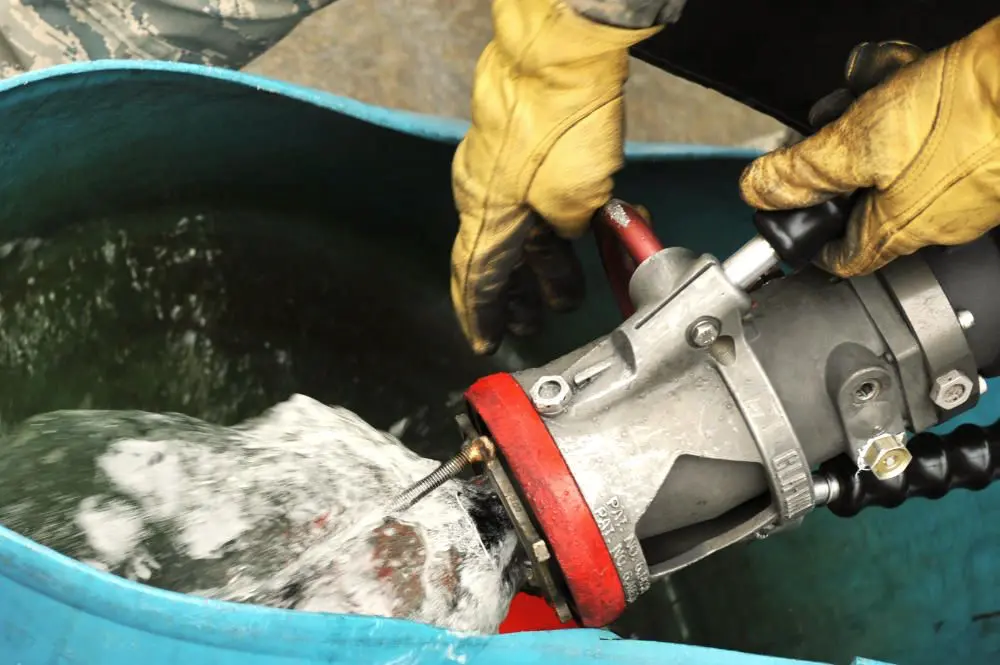
Despite its relatively simple composition (kerosene and additives), jet fuel has no universal recipe. The exact composition of jet fuel varies depending on the petroleum source. Therefore we define jet fuel in terms of its performance specifications and not the chemical composition.
Jet fuel burns relatively clean and leaves minimal residue in the engines. That is a tremendous advantage on complex and expensive jet engines as they need to be reliable for extended periods between service intervals. The only product of the combustion is water and carbon dioxide.
Jet fuel is subject to more stringent requirements than other fuels because it is a potential safety risk. However, it is generally safe to store and transport because it ignites at higher temperatures than regular gasoline.
Jet A and Jet A-1 Fuel
Although similar, the two most common jet fuel types (Jet A and Jet A-1) have their differences. The primary difference between them is the temperature at which they freeze. Jet A-1 freezes at a lower temperature:
| Jet A | Jet A-1 |
| -40°F | -53°F |
| -40°C | -47°C |
Both Jet A and Jet A-1 share the same autoignition temperature of 410°F (210°C). This is the temperature, where the fuels might spontaneously ignite.
Another difference between Jet A and Jet A-1 is the availability. Jet A is usually not available outside the United States, while Jet A-1 is the standard outside the US.
Finally, Jet A-1 has an anti-static additive that helps prevent the buildup of static electricity and sparking.
Airplanes with piston engines use gasoline and not kerosene-based jet fuel.
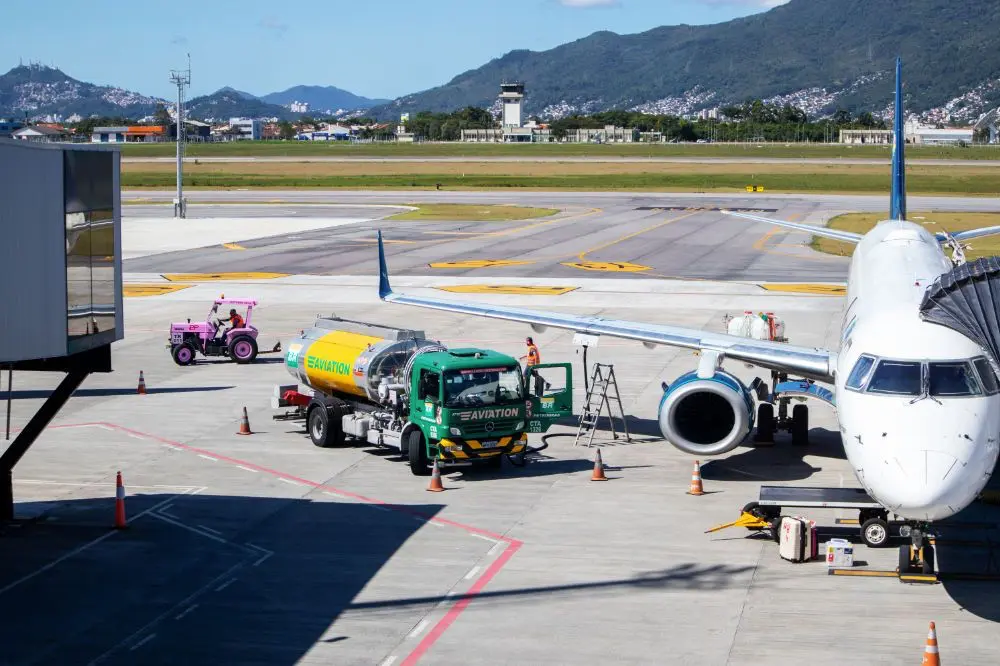
Jet B Fuel
A less common jet fuel type is the Jet B. This fuel has enhanced cold-weather performance but is more dangerous to handle due to its lighter composition.
As a result, airlines rarely use Jet B fuel in aircraft. Only in cold environments such as Northern Canada, Alaska, and the Arctic. The military also uses the Jet B variant for some applications. It freezes at -76°F (-60°C).
Water Is Bad News
Usually, water is harmless and rarely a risk. But it is another story in jet fuel. Water contamination in the fuel is potentially poison for the fuel system on modern aircraft.
During flights in high altitudes, the outside air temperature is low, and the fuel temperature decreases. The low temperatures cause any water in the fuel to condense into tiny bubbles, separating from the fuel. The separated water drops to the bottom of the fuel tanks as water has another density than jet fuel.
The water droplets can then freeze into ice and block the fuel lines and other fuel systems. In 2008 a British Airways Boeing 777 crashed just short of the runway during landing at Heathrow Airport. Freezing temperatures and water in the fuel caused ice crystals to form and block the fuel system. Fortunately, there were no casualties.
Water occurs naturally in jet fuel and is challenging to remove. Therefore aircraft manufacturers install fuel heating systems on board.
What About the Military?
Air Forces around the world use fuels similar to their civilian counterparts for their aircraft.
Like the Jet-A and Jet A-1 classifications, Militaries use the "JP" designation for airplane fuel, short for "Jet Propellant." There are several types of JP fuels, and some are close to identical to their civilian siblings.
The military version of Jet A-1 is called JP8, and Jet-B is JP4 in military aviation. JP8 is the most widely used fuel in the US Military, which projects keeping it in use until 2025.
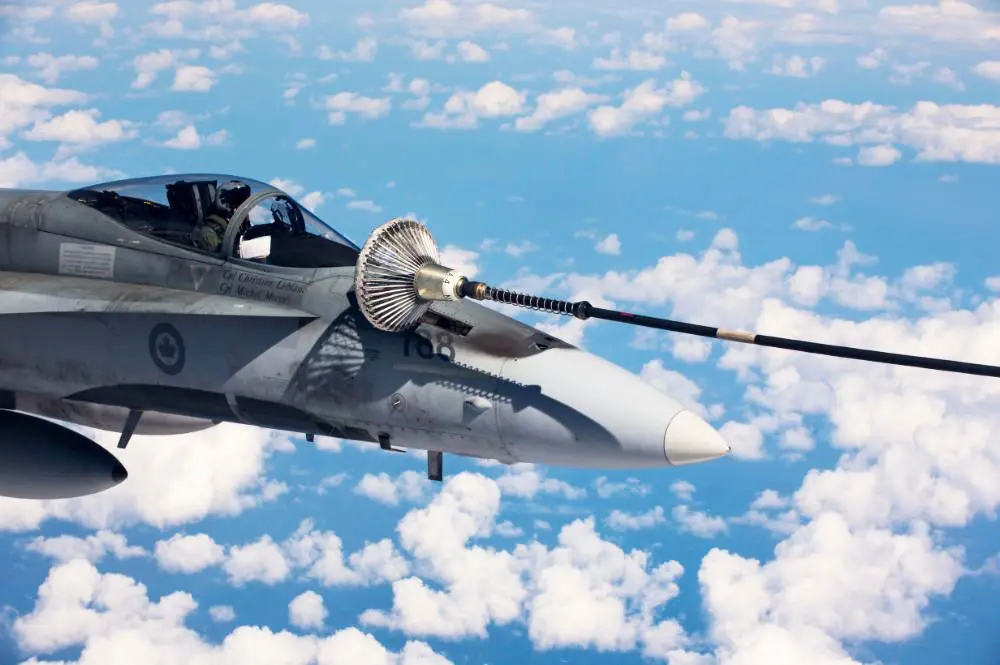
Interestingly, some JP fuels are more specialized and developed for specific purposes.
JP5, for example, is used for refueling aircraft on carriers. It has a high flash point and is safer for use on aircraft carriers where a fire is a severe risk.
The North American XB-70 Valkyrie used a unique fuel blend called JP6 for sustained flight at Mach 3. The JP6 fuel became unavailable when President Kennedy canceled the XB-70 Valkyrie program in 1961.
For sustained Mach 3.2 speeds, the Lockheed SR-71 Blackbird needed special fuel as well. Shell Oil developed the JP7 fuel specifically for the Pratt & Whitney J58 afterburning turbojet engines powering the SR-71 Blackbird.
How Is Airplane Fuel Made?
Kerosene, the primary component of jet fuel, is made from crude oil, like petrol and diesel.
Crude oil is untreated mineral oil. It consists mainly of hydrocarbons that come from the decomposition of fossils and other organic materials.
Oil producers extract crude oil by drilling and transporting it to a processing plant to refine it through a distillation process. Crude oil consists of over 500 components. Producing jet fuel involves the different boiling points of these components, and the distillation process separates them.
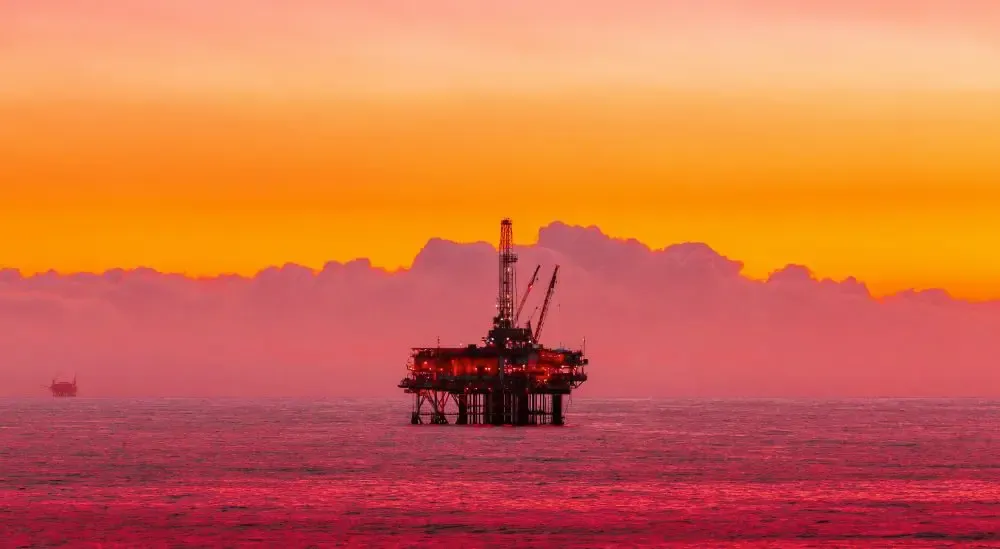
A distillation tower heats the crude oil, which vaporizes into gas form and rises upwards. The different oil components condense at various temperatures, and as the temperature decreases towards the top of the tower, the products liquidize at various temperature stages.
Lighter components liquidize higher up in the tower. Somewhere around the middle, kerosene turns back to liquid form.
The final step in producing jet fuel is mixing in additives.
A Greener Future
Jet fuel comes from fossil crude oil, which is no good news for the environment. Jet transport is responsible for around 2-3% of all human-made CO2 emissions worldwide.
But research and advancements into creating more sustainable fuels for aircraft show promising results.
There are different types of sustainable fuels already available. But biofuels get the most attention, and Boeing estimates that they can cut greenhouse gas emissions by up to 80%.
Biofuel producers use algae, plants, or waste. Plants absorb CO2 as they grow, and biofuels made from plants only emit the same amount of CO2 they absorbed. The production and transport of biofuels emit CO2, offsetting the savings, but some biofuels are better than others.
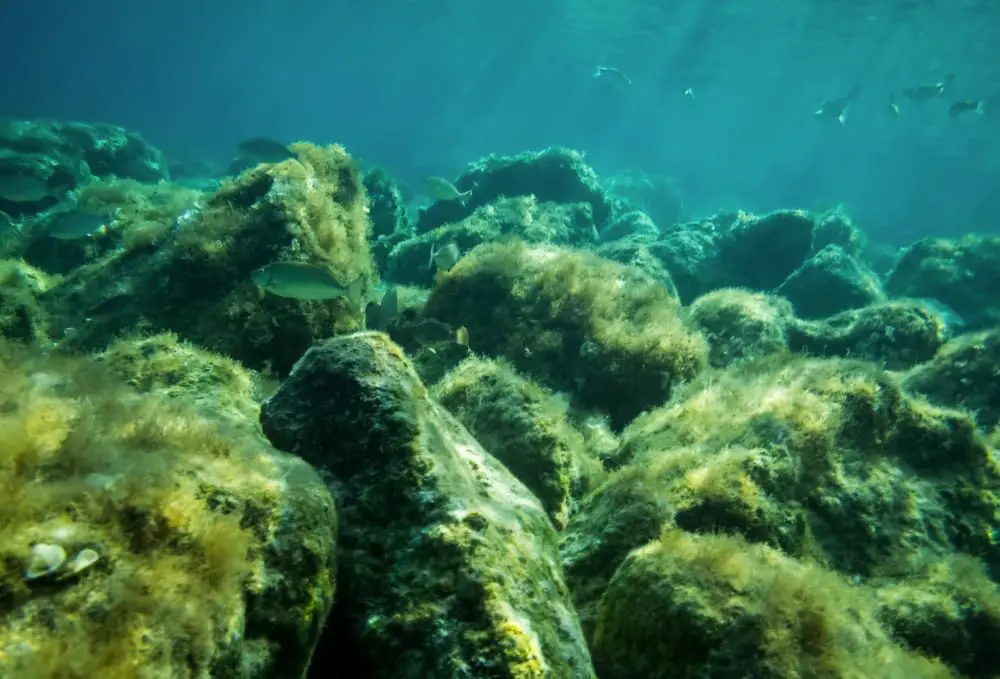
Another type of greener aviation fuel is synthetic fuels. Kerosene used for traditional jet fuel consists of hydrogen and carbon. It is possible to produce these hydrocarbons synthetically using water and carbon from the air.
The process requires a lot of power, though, and is therefore expensive in its current state. Large-scale production and technological advancements will reduce costs eventually. But synthetic fuels will, most likely, never be as cheap as the current fossil fuels.
A common advantage of biofuels and synthetic fuel is that the aircraft need little to no modifications to use them. That could potentially extend the life of older aircraft by lowering their total CO2 emissions.
Conclusion
In short, what type of fuel do airplanes use?
The military uses similar fuel as civilian aircraft but has more specialized versions as well. For example, the Lockheed SR-71 had a special fuel made.
Kerosene for jet fuel comes from crude oil. A distillation process separates the crude oil into various components, including kerosene, and fuel producers mix in additives before distribution.
New and more sustainable fuels are rising to meet the demand for a greener approach to aviation. Plants and waste could be the key to future biofuels and the effort to cut CO2 emissions for the aviation industry.
Planenerd Newsletter
Join the newsletter to receive the latest updates in your inbox.

